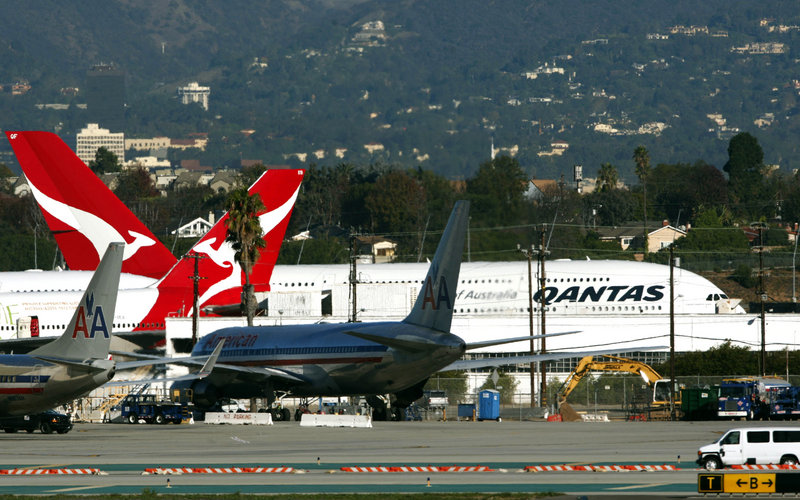MINNEAPOLIS – Three months before a superjumbo jet engine blew apart and forced an emergency landing, European safety regulators had relaxed their inspection order for the same section of the engine implicated in the dangerous mishap.
In January, the European Aviation Safety Agency required airlines to inspect for wear on the shaft that holds one of the Rolls-Royce Trent 900 engine’s turbine discs. The more wear they found, the sooner future inspections would be required.
In August, after Rolls-Royce had inspected several engines, EASA revised its directive. Previously, airlines had to calculate how worn out the part was based on the worst spot. Under the revised directive, they calculate the average wear over the entire part.
And previously they had to assume the part was wearing out at a worst-case rate. The new rule allows them to calculate the wear rate on each engine. That meant less-frequent inspections, which the revised directive said were “sufficient to prevent unacceptable wear.”
The European directives warned of the potential for “in-flight shut down, oil migration and oil fire.” The U.S. Federal Aviation Administration went further in adopting a version of the European directive in September, warning of an “uncontained failure of the engine, and damage to the airplane.”
Some of the parts inside jet engines rotate faster than the speed of sound. Engines are designed so that even if part of one shatters, pieces of metal aren’t sent rocketing away from the engine. An “uncontained engine failure” with shrapnel-like engine pieces that can damage other parts of the plane is both rare and extremely dangerous.
That’s what happened Nov. 4. Investigators have said that leaking oil caused a fire in the engine of a Qantas A380 that heated metal parts and made the motor disintegrate over Indonesia last week before the jetliner returned safely to Singapore. Experts say vital systems on the plane, which had been bound for Sydney, were damaged.
The safety order wasn’t addressing the exact problem that caused the Qantas engine to disintegrate, but is very similar and involved a turbine next to the one that broke apart, said Chuck Eastlake, a former professor of aerospace engineering at Embry-Riddle University in Daytona Beach, Fla.
The decision to relax the EASA order was likely based on inspections that gave engineers confidence the wear on parts that could cause an oil leak was predictable enough to allow more time to elapse, Eastlake said. In hindsight, that appears not to have been the case, he said.
“That kind of stuff is always a judgment call based on experience,” Eastlake said. “It’s hard to specifically justify a decision like that because it isn’t a matter of plugging numbers into a calculator and out comes an answer.”
John Cox, an aviation safety consultant and former airline pilot, said it’s a question of balancing “what is reasonable to ask the airlines to do against safety.”
“The problem is we had a catastrophic failure. It turned out that apparently at least one engine had substantial wear that inspections didn’t pick up,” he said in a telephone interview from London.
No one from EASA was available to talk about the directive late Friday.
Copy the Story Link
Send questions/comments to the editors.



Success. Please wait for the page to reload. If the page does not reload within 5 seconds, please refresh the page.
Enter your email and password to access comments.
Hi, to comment on stories you must . This profile is in addition to your subscription and website login.
Already have a commenting profile? .
Invalid username/password.
Please check your email to confirm and complete your registration.
Only subscribers are eligible to post comments. Please subscribe or login first for digital access. Here’s why.
Use the form below to reset your password. When you've submitted your account email, we will send an email with a reset code.